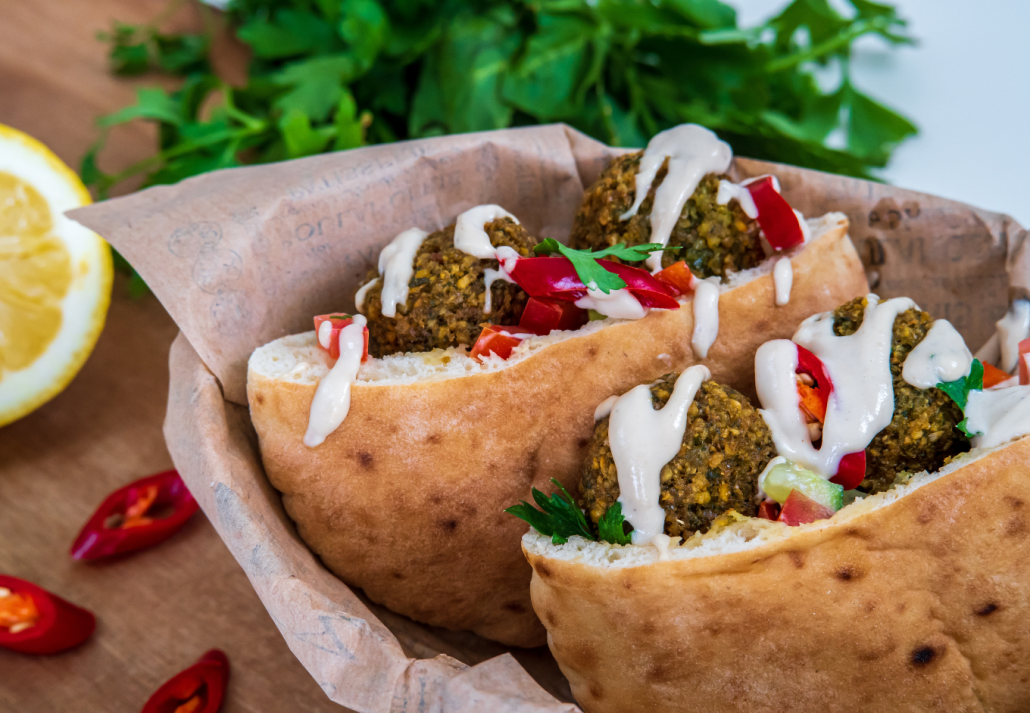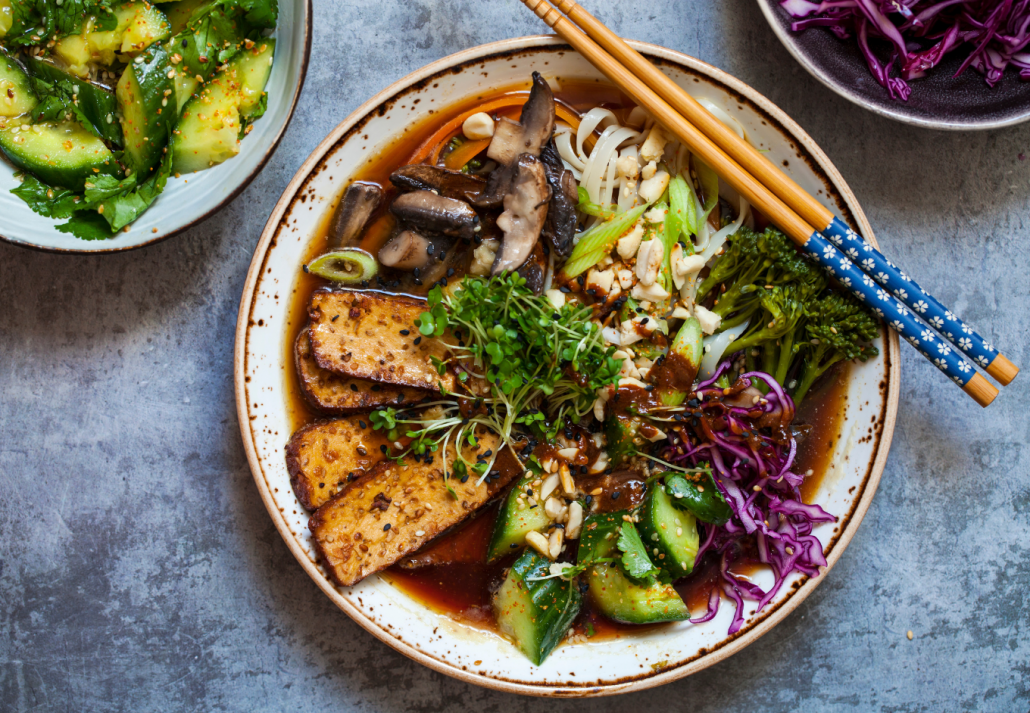How to Travel as a Vegetarian: Essential Tips
Calling all veggie lovers! If you’re passionate about food and ready to explore the world, you don’t have to worry about going hungry. With the right tips and locations, you can travel the world as a vegetarian and still...

Calling all veggie lovers! If you’re passionate about food and ready to explore the world, you don’t have to worry about going hungry. With the right tips and locations, you can travel the world as a vegetarian and still eat like royalty. Let’s make sure you enjoy every vegetarian meal on your globetrotting adventures!
Be Prepared: The Veggie Traveler’s Rule
First things first: as a vegetarian, you need to plan ahead. Research the vegetarian-friendly restaurants and food options at your travel destination. Thanks to apps like Happy Cow, it’s easy to find vegetarian food worldwide. Don’t forget Google Translate to help you ask about ingredients in the local language—particularly for hidden dangers like fish sauce or sneaky bits of meat.
Essential Tips for Veggie Travelers:
Know the Local Cuisine: Be aware of common dishes and ingredients used in each country. Pack Snacks: Bring granola bars, trail mix, and fresh fruits to tide you over when veggie options are slim. Learn a Few Phrases: Saying “I don’t eat meat” or “a vegan diet” in the local language will make a world of difference. Backup Food: Carry some basics like nuts and dried fruits for emergencies.Best Countries for Vegetarian Food Lovers
Let’s take a trip around the globe and look at some of the best countries where vegetarians can thrive, along with a recommended hotel that’s veggie-friendly.
1. India: The Veggie Paradise
India is a haven for vegetarians, with a rich variety of meat-free dishes, from curries to street snacks. You’ll find delicious options everywhere, with lots of veggie-friendly restaurants to explore.
🥗 Must-Try Dish: Paneer Butter Masala
Where to Stay: Taj Mahal Palace, Mumbai – It’s luxurious, and their restaurants serve excellent vegetarian food.

2. Italy: Pasta, Pizza, and Everything Veggie
Italy’s vegetarian-friendly food scene is divine, with endless options of vegetarian meals like pasta, pizza, and risottos. Italian cuisine makes it easy to indulge without worrying about meat.
🥗 Must-Try Dish: Margherita Pizza
Where to Stay: Hotel Raphael, Rome – A veggie paradise with its own vegetarian restaurants on the rooftop!
3. Israel: Fresh, Flavorful, and Veggie-Friendly
Israel’s Mediterranean diet is naturally veggie-centric, featuring lots of hummus, falafel, fresh salads, and veggies. The street food stalls here are a vegetarian dream.
🥗 Must-Try Dish: Falafel Pita
Where to Stay: The Norman, Tel Aviv – Their restaurant offers plenty of vegetarian and vegan options.

4. Thailand: Exotic Flavors, Watch Out for Fish Sauce
While Thailand is known for its meat and seafood dishes, you’ll still find incredible veggie-friendly street food like Pad Thai (just ask for it without fish sauce). With careful planning, you’ll enjoy a flavourful vegetarian trip.
🥗 Must-Try Dish: Green Curry (without fish sauce)
Where to Stay: 137 Pillars House, Chiang Mai – Offers vegetarian-friendly dining and luxurious accommodations.
5. Mexico: A Fiesta for Vegetarians
Mexico offers hearty vegetarian-friendly meals like bean burritos, guacamole, and vegetable tacos. Just watch out for lard in the beans and ask for clarification if needed!
🥗 Must-Try Dish: Bean and Cheese Tacos
Where to Stay: Casa Oaxaca, Oaxaca – Known for its top-notch veggie-friendly menu.
6. Japan: Hidden Veggie Gems
Japan might be famous for sushi, but there are plenty of vegetarian-friendly dishes like veggie tempura, soba noodles, and tofu-based meals. Just be careful—many broths include fish sauce or dashi, so always ask first.
🥗 Must-Try Dish: Vegetarian Ramen
Where to Stay: Hotel Granvia, Kyoto – Centrally located, with plenty of veggie options nearby.

Tips for Navigating the World of Veggie Travel
Street Food: Street food can be a goldmine for vegetarian eats. Always ask about the ingredients to ensure it’s meat-free. Vegetarian Restaurants: Major cities like London, New York, and Berlin have entire neighbourhoods filled with vegetarian-friendly restaurants. Local Markets: Explore fresh produce at local markets. It’s a great way to grab a quick, healthy snack like fresh fruits or nuts. Be Flexible: In countries with fewer veggie options, be prepared to adapt. You may have to stick to basics like rice, beans, or salads for a meal or two.How to Deal with Your Meat-Eating Friends
Traveling with meat-eating friends can be a challenge. You might find yourself at a steakhouse or BBQ joint, staring blankly at the menu, wondering what on earth you’re going to eat. Fear not! Many meat-heavy restaurants will have at least one vegetarian-friendly dish—even if it’s just a salad or side of rice and vegetables.

Final Thoughts for Vegetarian Travelers
Travel as a vegetarian as it is not only possible but incredibly rewarding. By researching ahead, packing some backup snacks, and knowing the best places to visit, you can enjoy the best of global cuisines without compromising your vegetarian diet. From the rich curries of India to the street food of Israel, there’s a veggie-friendly dish waiting for you at every stop.
FAQs
What should I do if I can’t find any vegetarian food in a restaurant?
Ask the staff if they can modify a dish by removing meat or substituting with vegetables. Many places are flexible if you explain your dietary restrictions.
How can I ensure that my food is completely vegetarian in countries with language barriers?
Use Google Translate or learn a few key phrases like “no meat” or “I am vegetarian” in the local language to communicate your needs. This helps avoid misunderstandings.
Are there any essential apps to help vegetarians while traveling?
Happy Cow is a great resource to find vegetarian and vegan-friendly restaurants worldwide. Google Translate also helps with translating menus and asking questions about ingredients.
What should I do if local dishes traditionally contain fish or meat-based sauces?
Politely request that the dish be made without sauces like fish sauce or broth. Many countries are used to dietary requests, and chefs can often accommodate by swapping or eliminating these ingredients.

 UsenB
UsenB 






























